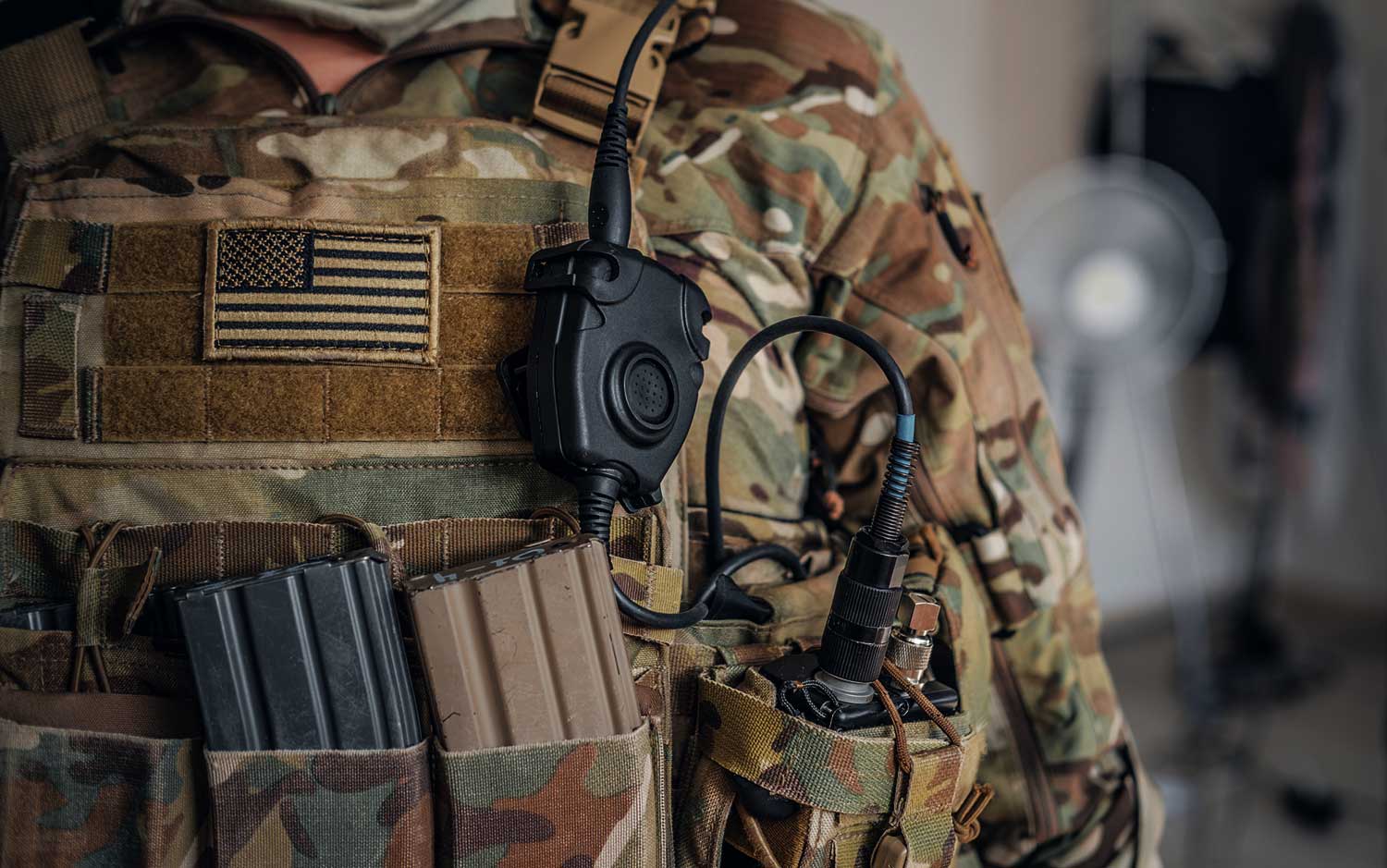
Survival Radios: Understanding U.S. Radio Types, Licenses & Gear ~ Prepper Conversations
Selecting a survival radio isn't just about power; it's about understanding your environment, the kind of emergencies you're preparing for...

Likewise. Licensed here also. CB radios would be important to have I think. I can do that as well.I think most folks will be better off with an old AM radio and a CB radio. I too am a licensed amateur.
Roger, W4AYO, once said to me: if ham radio could be understood in a day it wouldn’t be any fun.Radio has its purpose but it isn’t as simple or cheap as people think it is.
I was driving by Lake Wylie south of Charlotte when I hear a CQ call on the VHF call frequency, which I picked up on a scan. Dude was on a motorcycle, running a standard mobile unit, up on the Blue Ridge Parkway at an overlook! Talk about line of sight!Roger, W4AYO, once said to me: if ham radio could be understood in a day it wouldn’t be any fun.
It’s like the sound the golf ball makes when it goes in the cup, certain things bring you back. For me, I remember talking to the guy driving down the highway in Tanzania was memorable. Another was the guy calling CQ on 40m. Turns out he just got his ticket and put a mobile HF in his truck. He was clear as a bell, so I responded. He said he was driving around Dallas and asked if I were in Dallas too. I said, nope, I’m in central NC. He shouted, “WHAT??? North Carolina? As I said, I’m new to this”. The power of a lightbulb, a wire strung up in a tree and I had a conversation with a guy almost 1,200 miles away. Pure magic.
VHF (2m) can do some pretty amazing things under the right, but rare, conditions. I was talking with W4AYO one morning in the late spring and a warm front was coming in and it formed some tropospheric ducting along the east coast. You can tell when this is happening because you'll hear the "womp womp womp" sound of carrier heterodyne from other repeaters on the same frequency and also pick up pieces of conversation in the squelch tail.I was driving by Lake Wylie south of Charlotte when I hear a CQ call on the VHF call frequency, which I picked up on a scan
My longest 2M FM repeater contact was from Mint Hill to Woodbridge, NJ.VHF (2m) can do some pretty amazing things under the right, but rare, conditions.
Thats cool!On 10M, when conditions are right, I have connected to a series of 10M FM repeaters scattered throughout the country. They were all on the same frequency and no tone. It was an unexpected experience about 10 years ago.

. When I was a new ham, I did field day with the HP club. I got put on a 10m antenna with my rig. From noon till early evening, there was a band opening and it was neat in that it moved around the country, from the upper west, to the Midwest, to the northeast, but then closed after that and the rest of the time I got a lot of static. Needless to say, it wasn’t a way to make for a happy ham and turned me off to field day.
. 6 gets overlooked for local comms and I think it can out do 2m for that purpose, everyone gets 6m so I wish it was used more. Just not many repeaters around for 6 so I guess it gets forgotten about.
I agree, 6m would be good for local / regional. I believe there is a repeater in southern, central, VA that a ham in WS I know uses. Might be worth looking into.I have several propagation and spotting tools I use. The 6m setup does pretty good for me. It works pretty good locally too. I can talk to the mountains, southern va, and down into sc with ease on that setup. Depends on terrain and which way I’m pointing. 6 gets overlooked for local comms and I think it can out do 2m for that purpose, everyone gets 6m so I wish it was used more. Just not many repeaters around for 6 so I guess it gets forgotten about.
160 is nice. I had a double G5RV that JOX and her husband help put up. Worked great, low noise. Unfortunately, half of it came down in a storm the next spring and the stupid puppy “tuned“ it for me, if you catch my meaning. I have a vertical that I plan to put up instead, but that will be a good spring project. Also have a large (tallest model) Diamond 2m/70cm that I am thinking of having the GC mount on the roof pitch / eve for me when they’re on that side of the house with ladders doing the shutters.I need to work more 160. I’ve got a ladder line fed 160m inverted v up at 70’ sloping down to about 15’ on the ends. 160 is awesome if the noise is down in the winter. I have a receive only loop to help with noise on the low bands. No electrical noise here just atmospherics.

